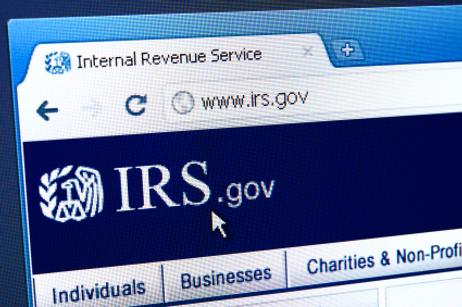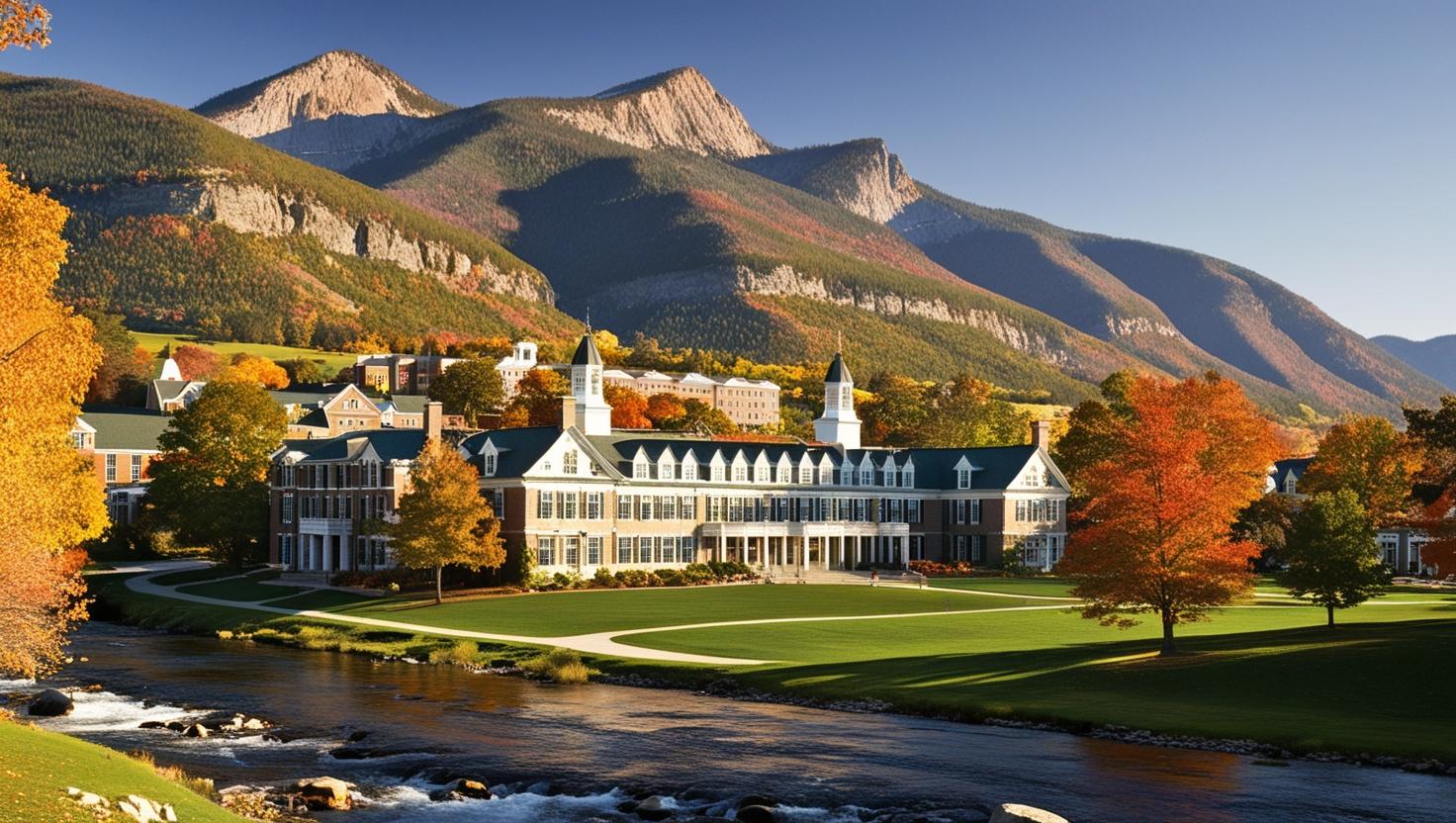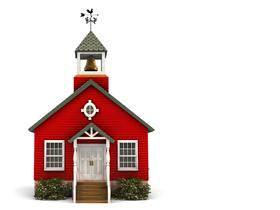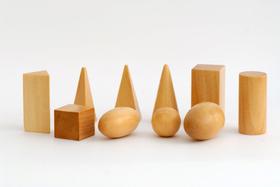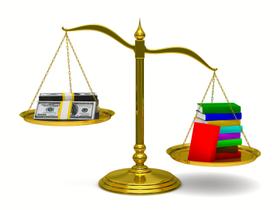Dr. Maria Montessori founded Casa de Bambini in a poor neighborhood of Rome, Italy, in 1906. She blazed new trails in early education by believing in the innate goodness of children, encouraging them to be curious and explore, and creating a teaching environment that followed the child.
Dr. Montessori's experiments and research ultimately produced a worldwide movement. Over 100 years later, her findings and research have stood the test of time and have been validated by modern analysis and investigation. Montessori schools have multiplied like rabbits in the United States from the 1960s onwards. Unlike Dr. Montessori's schools, which served poor children, most Montessori schools in North America educate children from the middle classes. Indeed, the Montessori approach has been used with children in all kinds of situations. It is very adaptable to the needs of a wide range of children.
Dr. Montessori never trademarked the name Montessori, nor did she claim any patents on her methodology. The result is that many Montessori schools out there claim to be the real thing. Some schools may include elements of Dr. Montessori's methods and philosophy in their teaching. Other schools quietly sublimate the parts of Dr. Montessori's thinking that may be inappropriate in their setting. In short, there are almost as many flavors of Montessori as there are schools. Not a bad thing in itself, but as always, do your due diligence. Caveat emptor!
Here are five things you should look for when vetting a school that



